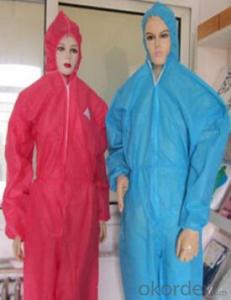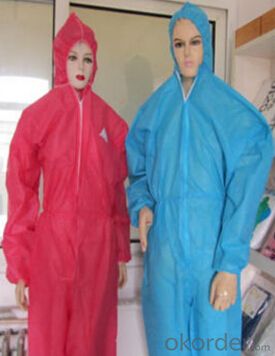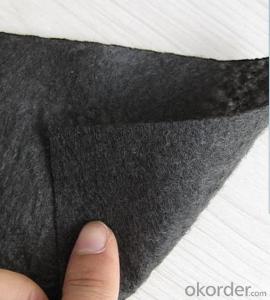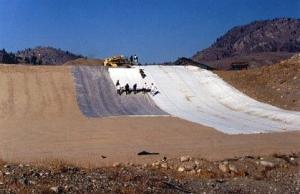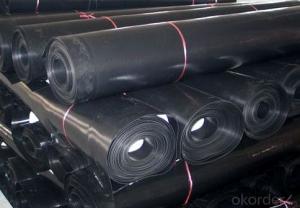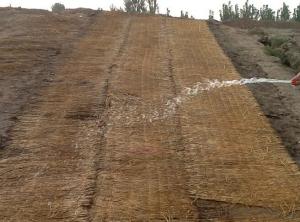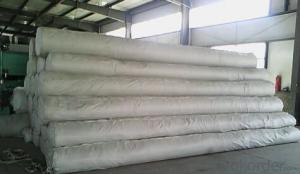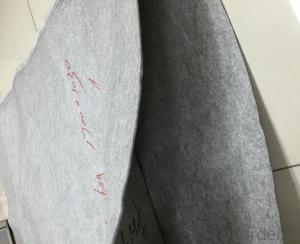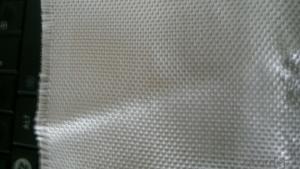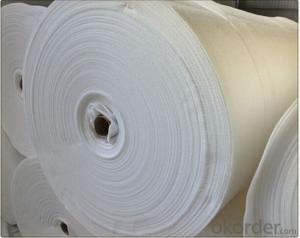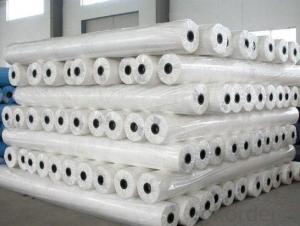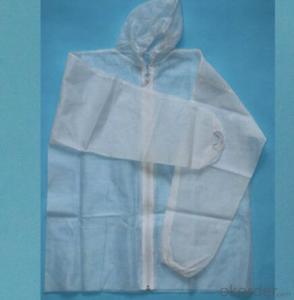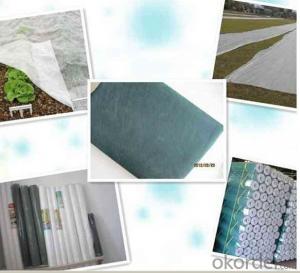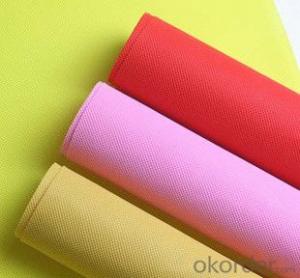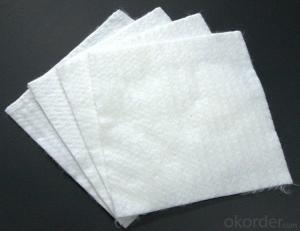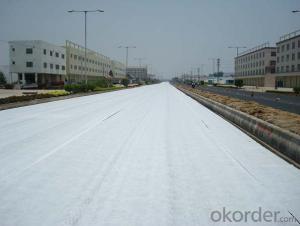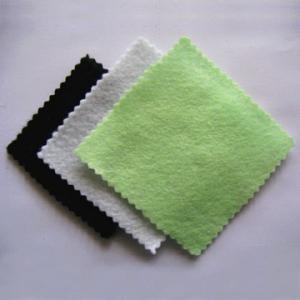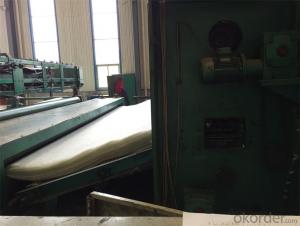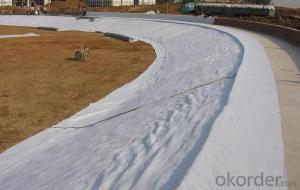PP Spunbonded Nonwoven Fabric Cloth Composite Geotextile Protect from Disease
- Loading Port:
- China Main Port
- Payment Terms:
- TT OR LC
- Min Order Qty:
- -
- Supply Capability:
- -
OKorder Service Pledge
OKorder Financial Service
You Might Also Like
PP Spunbonded Nonwoven Fabric cloth protect from desease
is used to protect the t can protect the doctors or workers safely and protect them from desease.
Specification of PP Spunbonded Nonwoven Fabric cloth protect from desease:
100% Polypropylene/100% PP
Color:Any color can be available
GSM(gram per square meter): 9-180GSM
Roll Width 4-320cm
Roll Length According to your requirement
Technics Nonwoven Spunbonded
Feature Waterproof, Mothproof, Eco-friendly, Non-toxic, Breathable, Anti-Bacteria
Packing of PP Spunbonded Nonwoven Fabric cloth protect from desease:
Each roll is wrapped in a plastic bag with label specification with paper tube inside .
Feature Waterproof, Mothproof, Eco-friendly, Non-toxic, Breathable, Anti-Bacteria
- Q: Are geotextiles commonly used in civil engineering projects?
- Yes, geotextiles are commonly used in civil engineering projects. They are versatile materials that provide various benefits such as soil stabilization, erosion control, filtration, and drainage. Geotextiles are used in applications like road construction, retaining walls, landfills, and erosion control measures, making them an essential component in many civil engineering projects.
- Q: What are the specifications for geotextiles in roadways?
- The specifications for geotextiles in roadways usually include factors such as tensile strength, puncture resistance, filtration properties, and durability. Geotextiles used in roadways should have a high tensile strength to withstand the stress and strain exerted by traffic and construction activities. They should also have good puncture resistance to prevent damage from sharp objects. The filtration properties of geotextiles are important for preventing the migration of fine particles and maintaining the stability of the road structure. Additionally, geotextiles should be durable and resistant to degradation caused by UV exposure, chemicals, and biological factors.
- Q: What are the different geotextile installation equipment and tools?
- Some of the different geotextile installation equipment and tools include geotextile dispensers, spreaders, rollers, staplers, and anchors. These tools are used to ensure proper placement and securement of geotextiles in various construction and environmental applications.
- Q: Application standard of filament geotextile
- National standard for filament geotextiles GB / T-1998 Geosynthetics Filament anti - sticking acupuncture non - woven geotextiles, the latest standard GB / T - 2008.
- Q: What are the installation guidelines for geotextiles used in erosion control blankets?
- The installation guidelines for geotextiles used in erosion control blankets typically involve preparing the site by removing any vegetation, debris, or loose soil. The geotextile is then unrolled and placed over the desired area, ensuring it is smooth and wrinkle-free. It is important to secure the edges of the geotextile using stakes or pins to prevent movement. Additionally, proper overlap and anchoring techniques should be employed to ensure optimal erosion control. It is always recommended to consult the specific manufacturer's guidelines for detailed instructions.
- Q: How do geotextiles contribute to soil stabilization?
- Geotextiles contribute to soil stabilization by providing a barrier that prevents soil erosion, increases soil strength, and improves overall stability.
- Q: How do geotextiles help in filtration of stormwater?
- Geotextiles help in filtration of stormwater by acting as a physical barrier that allows water to pass through while trapping sediment, debris, and pollutants. They prevent these contaminants from entering water bodies, improving water quality and reducing the risk of flooding.
- Q: What are the different manufacturing methods for geotextiles?
- There are several manufacturing methods for geotextiles, including needle punching, heat bonding, weaving, and knitting.
- Q: How do geotextiles help with moisture management in construction projects?
- Geotextiles play a crucial role in moisture management in construction projects by acting as a barrier against water infiltration, allowing excess water to drain away while retaining sufficient moisture for the construction materials.
- Q: Geotextile moisture-proof layer: 200 cloth +400 film +200 cloth
- You are not to composite geomembrane, I was specializing in the production of geotechnical materials, account number that phone
Send your message to us
PP Spunbonded Nonwoven Fabric Cloth Composite Geotextile Protect from Disease
- Loading Port:
- China Main Port
- Payment Terms:
- TT OR LC
- Min Order Qty:
- -
- Supply Capability:
- -
OKorder Service Pledge
OKorder Financial Service
Similar products
Hot products
Hot Searches
Related keywords
